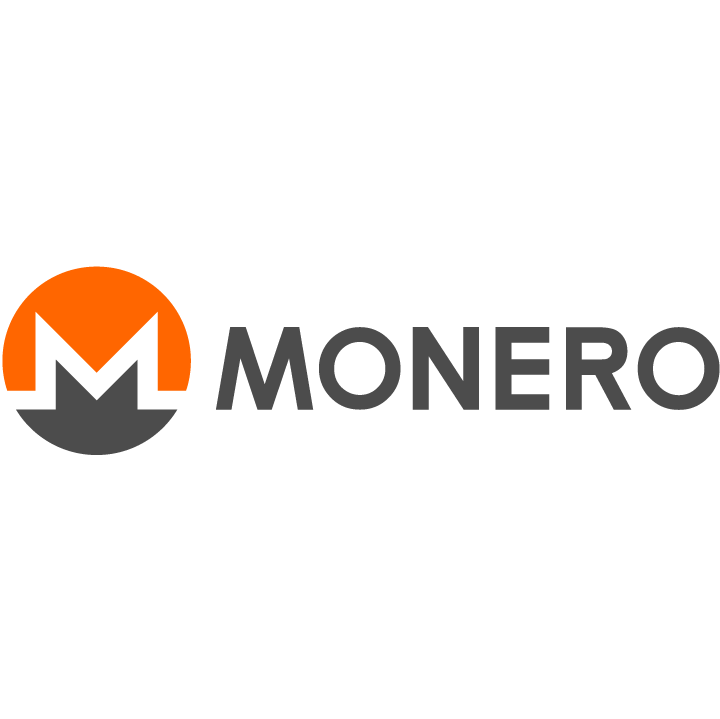Monero’s Lightning Network integration: What it means for the future
Monero is a privacy-focused cryptocurrency that has gained a strong following in the crypto community. It is known for its focus on privacy and anonymity, which is achieved through the use of ring signatures and stealth addresses. However, like any other cryptocurrency, Monero has faced challenges in terms of scalability and transaction speeds.
The Lightning Network is a layer 2 scaling solution that was designed to address the scalability issues of cryptocurrencies such as Bitcoin and Litecoin. It allows for instant, low-cost transactions by creating a network of payment channels between users, which can be used to conduct off-chain transactions.
The integration of the Lightning Network into Monero has the potential to significantly improve the scalability and usability of the cryptocurrency. It would allow Monero to compete with other cryptocurrencies that have already integrated the Lightning Network, such as Bitcoin and Litecoin, and would make it more accessible to mainstream users.
How the Lightning Network Works
The Lightning Network works by creating a network of payment channels between users. These payment channels are essentially two-party micropayment channels that allow users to send and receive payments without having to go through the Monero blockchain.
When a user wants to send a payment to another user, they first open a payment channel with that user. This involves depositing a certain amount of Monero into the channel. Once the payment channel is open, the users can send payments to each other instantly and with low fees.
The payments that are sent through the payment channel are not recorded on the Monero blockchain. This means that they are not publicly visible, which helps to preserve the privacy of Monero users.
The Potential Impact of the Lightning Network on Monero
The integration of the Lightning Network into Monero has the potential to significantly improve the scalability and usability of the cryptocurrency. Here are some of the benefits that the Lightning Network could bring to Monero:
- Increased scalability: The Lightning Network can help to increase the scalability of Monero by offloading some of the transactions from the main blockchain. This would allow Monero to handle more transactions without experiencing congestion and high fees.
- Reduced transaction fees: The Lightning Network can help to reduce the transaction fees of Monero by conducting transactions off-chain. This is because there is no need to pay miners to confirm transactions on the main blockchain.
- Improved privacy: The Lightning Network can help to improve the privacy of Monero transactions by making them less visible on the main blockchain. This is because payments that are sent through the Lightning Network are not publicly recorded.
The Challenges of Integrating the Lightning Network into Monero
The integration of the Lightning Network into Monero is not without its challenges. One challenge is that the Lightning Network is still under development, and there are some technical issues that need to be addressed.
Another challenge is that the Lightning Network requires a certain level of trust between users, which could be a problem for Monero users who value privacy.
Despite these challenges, the potential benefits of integrating the Lightning Network into Monero are significant. If the integration is successful, it could help to make Monero more scalable, usable, and private.
Here are some additional thoughts on the challenges of integrating the Lightning Network into Monero:
The Lightning Network is a complex system, and it can be difficult to integrate it into a complex cryptocurrency like Monero.
The Lightning Network requires a certain level of trust between users, which could be a problem for Monero users who value privacy.
